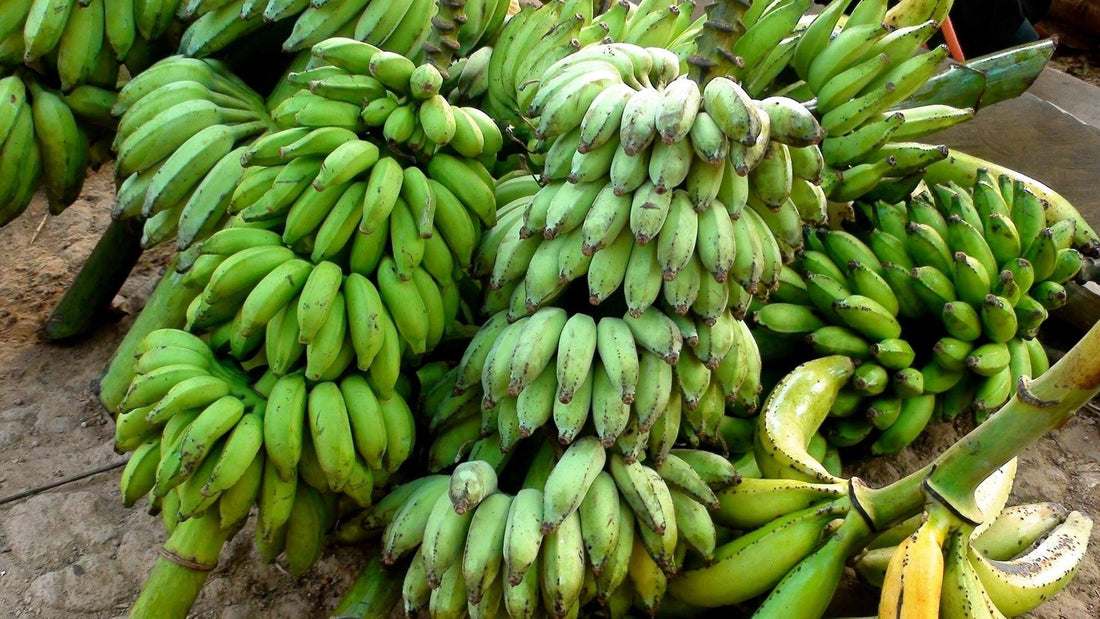4 Facts about Potassium in Plant Nutrition

This is the third installment on a series to help better understand the chemistry of essential plant nutrients as well as how they function in the plant. Potassium is also known as potash since historically it was extracted from tree ashes. The term potash is used occasionally in regards to plant nutrition and chemistry but more commonly it's used in reference to potassium containing mineral ores.
Extremely Soluble
Potassium salts are among the most soluble from any of the elements and pretty much any salt formed with it as a component will dissolve in water. A noteworthy exception would be minerals with a complex makeup (some types of clay for example) that might contain potassium as one of their components as these could be present in soils but would not provide any potassium.
A trick for getting organic acids into solution is to add potassium hydroxide to form a potassium salt (the same can be said about sodium). The best known example of this is traditional soap which takes fatty acids and reacts them with potassium hydroxide.

*Did You Know?*
Potash is mined deep underground where it's found mostly in the form of potassium chloride. These deposits are the remnants of shallow seas which evaporated and had their salt deposits solidify. Over time they were buried by other layers. The largest of these deposits are in Saskatchewan Canada which are the remnants of the Western Interior Seaway which split the North American continent in two.

Ionic "Pump"
Water has a high affinity for salts and left on it's own water will move towards an area of higher salinity and salts will move to an area of lower salinity (assuming there's water in place to bridge the gap). Plants make use of this phenomenon by increasing the salinity levels in leaves which helps to force water into them. Potassium is the ion primarily responsible for this.
Guard cells are specialized structures on the leaf found on either side of the stomata which open and close to regulate gas exchange, especially water vapour. If they are open water evaporates and then more water along with nutrients are "pumped" from the roots. If water is in short supply however they will close and shut down transpiration until water is more abundant. High potassium levels opens the stomata, and lower will close them.
In addition to minerals various other plant metabolites are transported around the plant using this system.

In a Pinch Sodium can be Substituted
Like any other nutrient some soils can have an abundance while others can be deficient. Sodium is closely related to potassium on the atomic level giving the 2 elements many of the same properties. Because of this if a soil is low in potassium but has adequate sodium levels the plant will start using sodium instead. This doesn't mean that sodium is interchangeable however. A plant having to do this will not be healthy and will limp along until the end of its life cycle.
Optimizing Enzyme Activity
Enzymes work under very specific conditions most important being temperature and pH and enzymes will require intracellular pH levels of 8.0 - 9.0. Potassium is alkaline by nature and so its presence will drive the pH up into this range.
The number of functions of potassium is fairly limited compared to some of the other nutrients. It doesn't directly take part in reactions and isn't incorporated into metabolites the way that other nutrients are but rather helps to create the necessary environment for plant metabolism to occur in.
